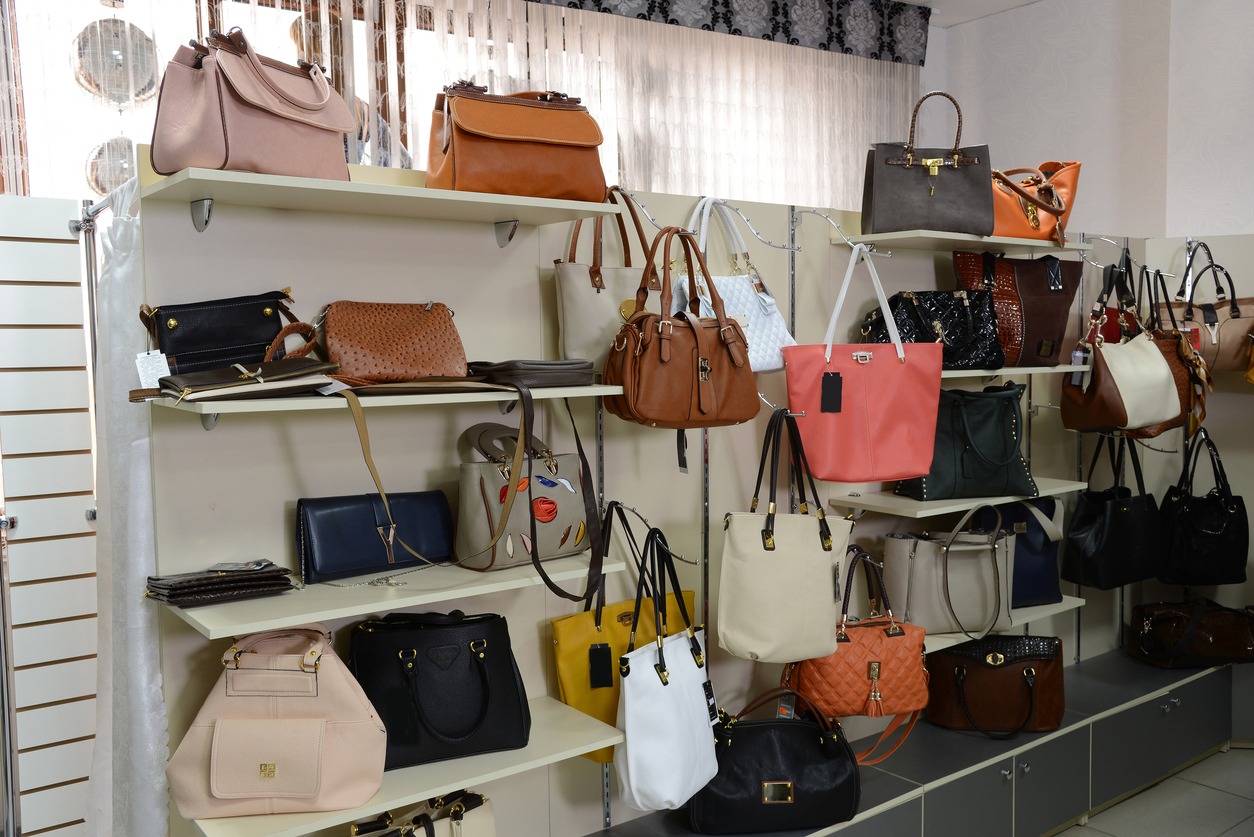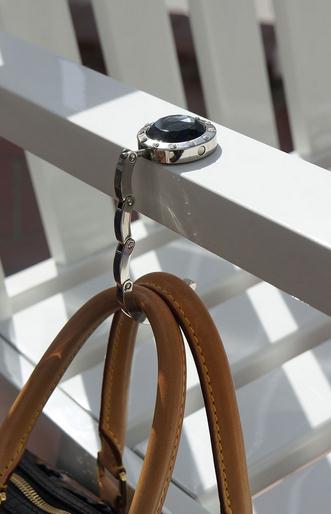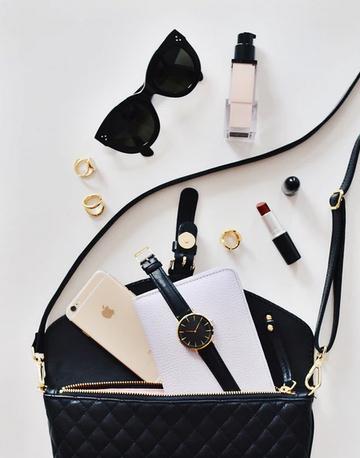What Size Handbag Can You Take on a Plane?

You can take a handbag on a plane as a personal item, provided it fits your airline's specific dimensions, usually around 18 x 14 x 8 inches. This size allows it to fit under the seat in front of you. Airlines like Spirit and American Airlines adhere to this limit, while Southwest Airlines permits slightly larger items at 18.5 x 8.5 x 13.5 inches. Always double-check your airline's policy to avoid last-minute fees. Remember, your personal item is separate from your carry-on allowance. There are more guidelines and helpful tips for choosing the perfect travel handbag.
Understanding Airline Personal Item Rules
When you're gearing up to fly, it's important to get a handle on the airline's personal item rules to avoid any last-minute surprises at the gate. Each airline typically allows you to bring one personal item, which could be a handbag, purse, or small backpack. The catch? This personal item must fit under the seat in front of you. It's vital to check your airline's size restrictions, as they can vary. For instance, airlines like Southwest Airlines have a personal item size limit of 18.5 x 8.5 x 13.5 inches, whereas Spirit Airlines sticks to a maximum dimensions policy of 18 x 14 x 8 inches.
Standard Handbag Dimensions for Travel
Understanding the specific dimensions that qualify as a standard handbag for air travel can save you from unexpected hassles. When traveling, it's significant to know that the maximum dimensions for a personal item, like your handbag, shouldn't exceed 18 x 14 x 8 inches for most airlines. This guarantees your handbag fits snugly under the seat in front of you, complying with airline regulations. While these dimensions are a general guideline, different airlines have their own specifications.
For instance, Southwest Airlines allows personal items up to 18.5 x 8.5 x 13.5 inches, offering a bit more leeway. On the other hand, Spirit Airlines restricts personal item dimensions to 18 x 14 x 8 inches. Although most airlines don't impose weight restrictions on personal items, your handbag should still be light enough for you to lift comfortably. This is essential for your convenience and that of your fellow passengers.
To avoid any surprises at the airport, always check specific policies of the airline you're flying with. Each carrier might have unique dimension allowances, so being prepared can help you glide through your travels with ease and confidence.
Differences Between Personal Item and Carry-On
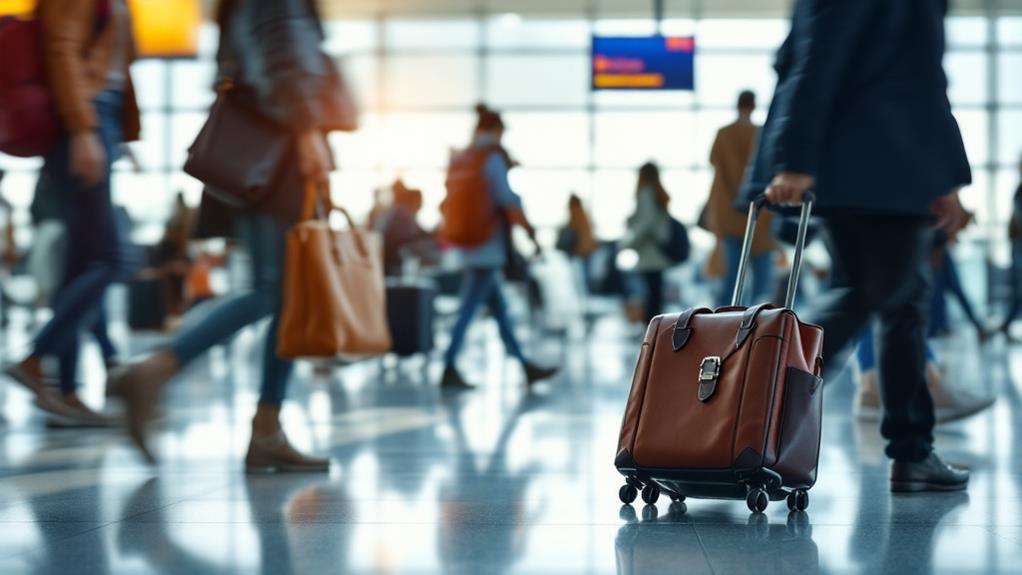
In the domain of air travel, distinguishing between a personal item and a carry-on is fundamental for a smooth trip. A personal item, such as a handbag or small backpack, needs to fit under the seat in front of you. Typically, the maximum size limit for a personal item is 18 x 14 x 8 inches, although airline policies might vary slightly. On the other hand, carry-on luggage, which you stow in the overhead bin, allows for more packing space and generally adheres to a maximum size limit of 22 x 14 x 9 inches. This difference in dimensions is significant when you're planning how to pack for a flight.
Most airlines permit each passenger to bring one personal item and one carry-on bag. It's imperative to keep in mind that personal items don't count towards your carry-on limit, providing you with extra flexibility when traveling. When you're packing, consider the airline's policies to confirm your bags meet the required dimensions. This way, you avoid unexpected fees or hassles at the gate. By understanding these distinctions, you can optimize your packing space and confirm a stress-free trip. Always check specific airline guidelines before traveling to avoid surprises.
Airline-Specific Handbag Size Limits
While knowing the distinction between a personal item and a carry-on is vital, focusing on airline-specific handbag size limits guarantees you're compliant with each carrier's rules. Most airlines allow a personal item, like a handbag, with dimensions typically ranging from 18 x 14 x 8 inches to 18.5 x 8.5 x 13.5 inches. However, these dimensions can vary based on the airline you're flying with. For example, Southwest Airlines permits personal items up to 16.25 x 13.5 x 8 inches. On the other hand, Alaska Airlines and American Airlines have a personal item size limit of 18 x 14 x 8 inches, which aligns with many other major US airlines.
These airline-specific handbag size limits mean you must be vigilant about the dimensions of your personal item to avoid surprises at the airport. It's important to verify specific airline policies prior to travel, as these can change or have exceptions. By checking the rules for your carrier, you ascertain that your handbag fits within the allowed dimensions, preventing any hiccups with carry-on baggage. Remember, staying informed about airline-specific rules is key to a smooth travel experience.
Exemptions for Special Personal Items
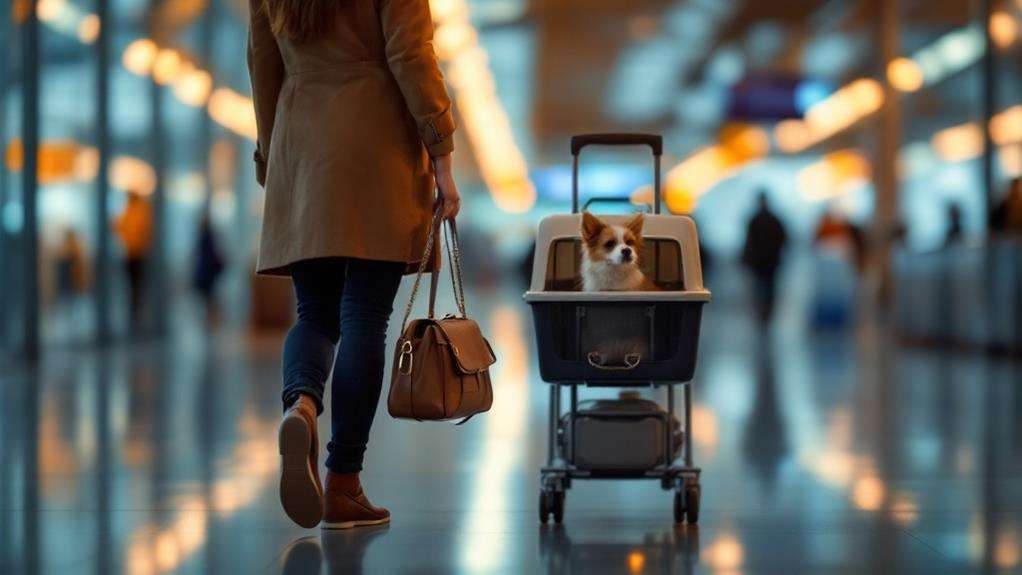
Steering through airline policies can be tricky, especially regarding exemptions for special personal items. You'll find that certain necessities don't count against your personal item or carry-on luggage limit. Understanding these exemptions can make your travel experience smoother and more organized.
Consider these items that airlines generally exempt:
- Diaper bags: You're allowed to bring one diaper bag per child without it counting as a personal item. This is a relief for parents who need to carry vital supplies for their little ones.
- Breast pumps and soft-sided coolers: Breast pumps are significant for many parents, and airlines allow them as exempt items. Plus, you can bring a small soft-sided cooler for transporting breast milk without it affecting your personal item limit.
- Medical devices: Items like oxygen tanks or mobility aids are necessary for some travelers. These don't count as personal items, so you can bring them in addition to your standard luggage.
Moreover, child safety seats and strollers can accompany you on board without being considered as part of your personal item count. Always double-check specific airline policies, as they can vary, but these exemptions generally apply.
Tips for Packing Your Handbag
Packing your handbag efficiently can make your trip much smoother. Start by ensuring your handbag qualifies as a personal item with optimal dimensions, typically 18 x 14 x 8 inches, so it fits comfortably under the seat. Prioritize packing vital items like travel documents, medications, and electronics so they're easily accessible during flights and security checks.
To optimize space, use packing cubes or pouches. These help organize smaller items and keep your handbag tidy. When considering TSA regulations, keep in mind that any liquids you bring must be in containers of 3.4 ounces or less and fit into a single quart-sized zip-top bag. This preparation will expedite your passage through security.
If you're traveling with an infant, don't forget that breast milk can be packed in a small, soft-sided cooler. It's considered a personal item and won't count against your handbag allowance. This is significant for parents needing to manage feeding on the go.
TSA Regulations for Handbag Contents
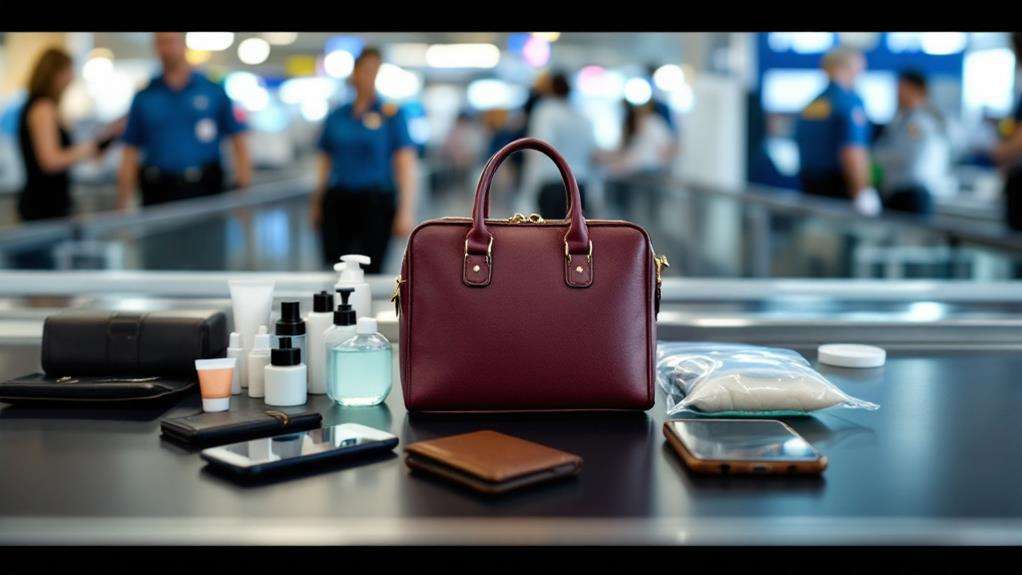
When preparing your handbag for air travel, it is crucial to adhere to TSA regulations to guarantee a smooth security experience. Since your handbag is considered a personal item, verify it fits under the seat in front of you, typically adhering to maximum dimensions of around 18 x 14 x 8 inches, depending on your airline's policy. Pay close attention to the contents of your handbag to avoid any delays or issues at security checkpoints.
TSA regulations require liquids in your handbag to follow the 3-1-1 rule: containers should be 3.4 ounces (100 ml) or less and fit within a single quart-sized zip-top bag. Remember, there are exceptions for medically necessary items, which aren't restricted by standard liquid limits. Duty-free liquids can be included if they're in a secure, tamper-evident bag with the receipt for inspection.
Be mindful of prohibited items, as they can't be included in your handbag and must be checked or left behind. This includes:
- Sharp objects: such as knives or scissors.
- Firearms: and other weapons.
- Certain flammable materials: like lighter fluid.
Choosing the Right Travel Handbag
After confirming your handbag's contents comply with TSA regulations, it's crucial to choose the right travel handbag that suits your needs. Start by considering the dimensions of your personal item. Most airlines allow a handbag that fits under the seat, typically around 18 x 14 x 8 inches. However, always check specific airline limits; for instance, Southwest Airlines allows up to 18.5 x 8.5 x 13.5 inches, while Spirit Airlines sticks to 18 x 14 x 8 inches.
Focus on finding a travel handbag made from durable materials to withstand travel wear and tear. It should be lightweight, so it doesn't add unnecessary weight to your carry-on bags. Look for one with multiple compartments to keep your essentials organized, making them easily accessible during security checks. This will save you time and hassle as you navigate through the airport.
An adjustable strap is a valuable feature for any handbag. It provides comfort and flexibility, especially when you're moving quickly through busy terminals. Choosing the right handbag within the airline's personal item dimensions guarantees a stress-free travel experience, keeping you organized and within the airline limits.
Managing Oversized Handbags at the Airport
Handling oversized handbags at the airport demands careful attention to airline regulations. You're allowed one personal item, and most airlines set maximum dimensions around 18 x 14 x 8 inches. However, if your handbag exceeds these dimensions, it may be classified as oversized and subject to gate checking. This could lead to extra fees or delays, so it's essential to verify your airline's specific regulations before your trip.
During security checks, your handbag should be easily accessible since it might need separate screening. For regional flights, keep in mind that overhead space is often limited. Oversized handbags might need valet checking, which means you'll leave them at the aircraft door and retrieve them upon landing. Airport management can be strict, so planning ahead is key to avoiding any inconveniences.
Here's how to manage oversized handbags effectively:
- Check Airline Policies: Always research your specific airline's personal item size limits.
- Prepare for Security: Keep your handbag organized and ready for separate screening.
- Plan for Regional Flights: Be prepared for limited overhead space and possible valet checking.
Resources for Airline Handbag Policies
Maneuvering airline handbag policies is vital to secure a smooth travel experience. When you're preparing for a flight, understanding the size limits for your personal item can save you from unnecessary hassle. Most airlines allow you to bring a handbag, but keep in mind the maximum dimensions, which generally hover around 18 x 14 x 8 inches. This guarantees your bag fits comfortably under the seat in front of you. However, always check your specific airline's baggage rules, as they can vary. For instance, Southwest Airlines permits personal items up to 18.5 x 8.5 x 13.5 inches, while Spirit Airlines adheres to the 18 x 14 x 8 inches guideline.
Don't forget that diaper bags, breast pumps, and medical devices are exempt from these personal item restrictions and won't count toward your limit. It's vital to familiarize yourself with any unique handbag regulations or potential fees related to size and weight by reviewing each airline's policies. This will help you avoid surprises at the gate. Utilize airline websites and customer service for the most accurate and up-to-date information, guaranteeing your travel is as stress-free as possible. Being informed means you're always prepared for any airline policies you might encounter.

